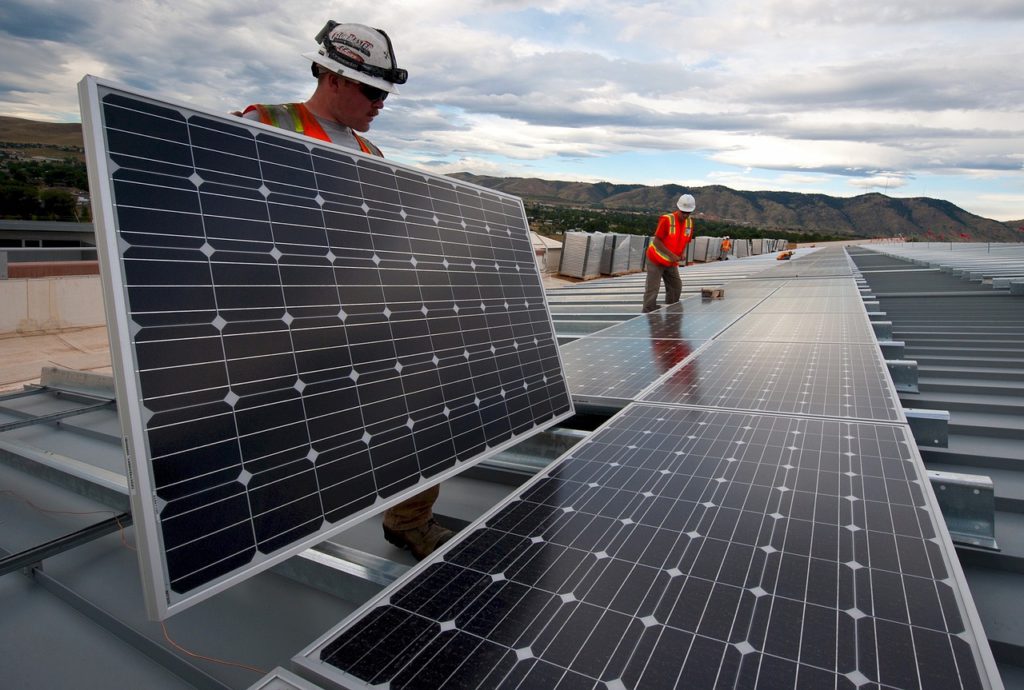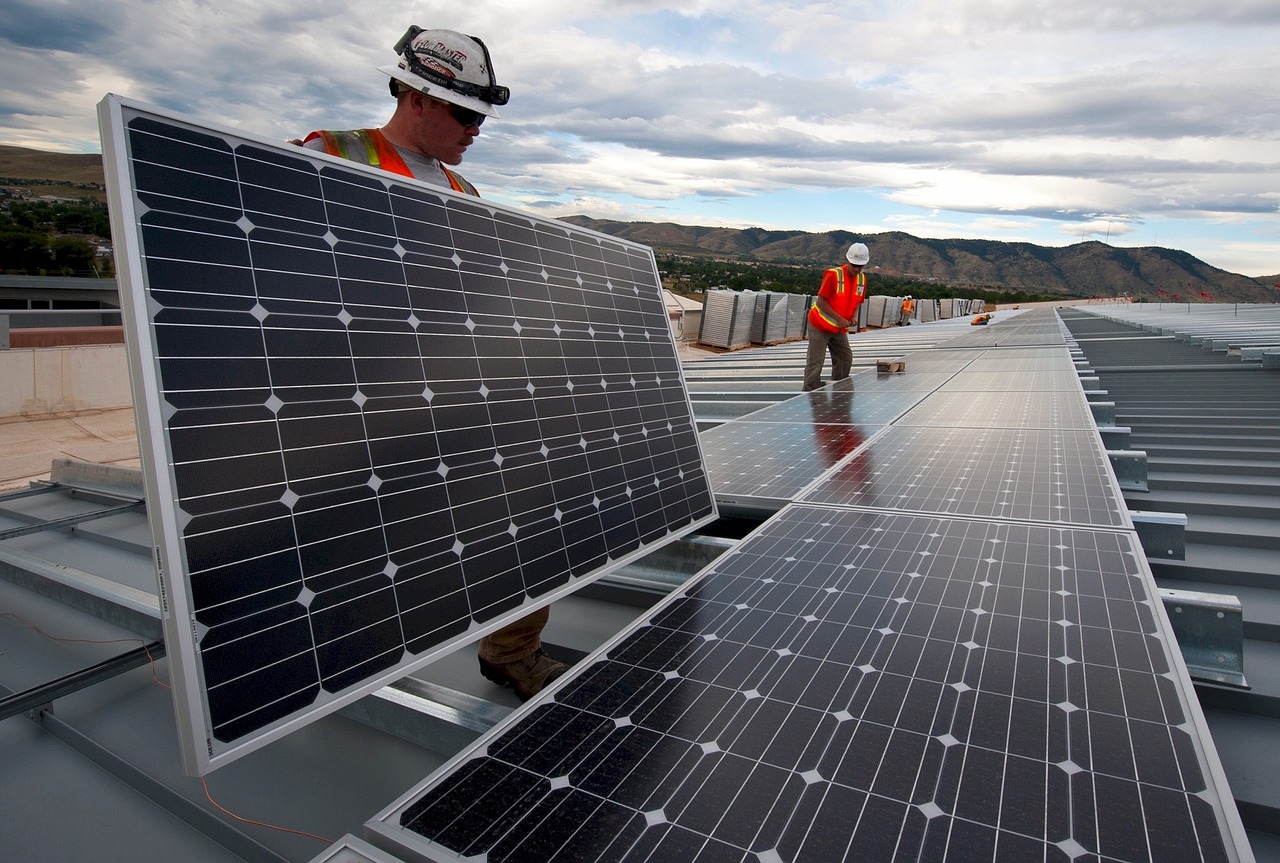4 Ways Nevada Mining Will Power Our Energy Future
Energy is something we use every day. We use it to turn on the lights at our house, to charge our electronics, for transportation, and in countless other ways. With the development of new technologies, the way we produce energy is starting to change. In April 2019, the Nevada State Legislature unanimously passed a bill requiring the state to increase its Renewable Portfolio Standard to 50 percent by 2030. With the increased demand for renewable energy also comes an increase in the minerals needed to make these new resources a possibility. Fortunately, Nevada mining is prepared to meet these demands. Check out these four ways Nevada mining will power our energy future.

Geothermal Energy
Nevada has been producing geothermal energy since the 1980s and currently produces enough electricity to power 315,000 homes annually. Like mining, geothermal energy goes under the earth’s surface to extract resources. In geothermal energy’s case, it takes the heat produced by the earth’s core and underground water and uses it to move turbines, creating electricity. It is also one of the few renewable energy sources that can operate 24 hours a day as it doesn’t rely on specific weather conditions to function.
Solar
One of the sunniest places in the county, Nevada has massive potential as a solar energy producer. The panels that draw in the sun’s energy to produce power require several Nevada minerals function. Silver, copper, molybdenum, and silica are all required in solar panel construction.
Former mine sites might also be the location of solar farms in the coming years. The Nevada Mining Association and the Nature Conservancy are currently working together to make the production of renewable energy an approved post-mining activity in Nevada.
Wind
Wind energy is another renewable resource that requires Nevada minerals. The turbines that produce electricity require molybdenum, rare earths, zinc, and silica.
Electric Vehicles
The future of renewable energy isn’t limited to the way we power buildings, it’s changing our methods of transportation as well. Plug in electric vehicles use 132 pounds of copper, roughly 100 pounds more than traditional cars use.
Electrical vehicles also use lithium batteries for power. Nevada is home to the only operating lithium mine in North America and the potential exists for the state to produce up to a third of the world’s lithium by 2030. Electric cars also require minerals like gold, rare earths, silica, vanadium, and zinc.

